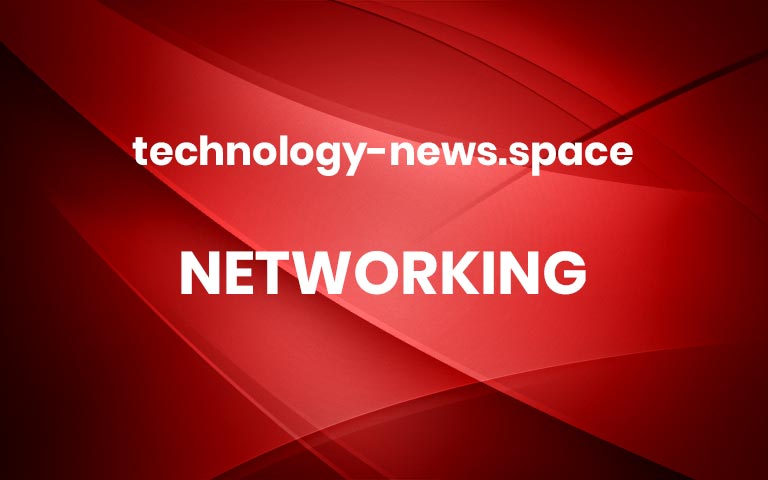Is it worth updating to iOS 18.6? Absolutely. While there are no new bells and whistles, it patches a high-severity WebKit zero-day (CVE-2025-6558) and more. Can I change the Action button? Sure! Go to Settings > Action Button to customize the new Action Button on iPhone 15 Pro/16/16E/16 Pro. Just swipe to pick a task like Camera, Shazam, Remote for Apple TV, or even a Shortcut or Visual Intelligence action, then tap Choose to set it. Can I customize the home screen? Of course. Give your home screen a fresh look by entering jiggle mode (long-press the screen), tapping Edit > Customize, and then: Reposition apps anywhere on the grid.Expand icons into widgets by tapping the resize handles.Choose Automatic, Dark, Light, or Tinted icon styles (use the eyedropper to match your wallpaper).Toggle Large icons to hide labels and boost visibility.Tap anywhere to apply and then exit. Voila! Will these tweaks work on any iPhone model? Most of these work on any iPhone running iOS 18 or later. However, features like Prioritize Notifications and the Action Button require an Apple Intelligence-capable iPhone 15 Pro or iPhone 16 model. Get the morning’s top stories in your inbox each day with our Tech Today newsletter. More




